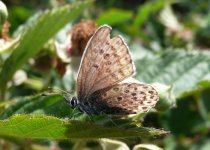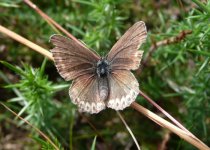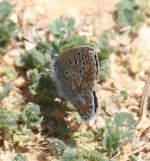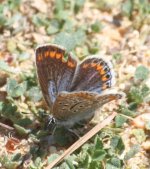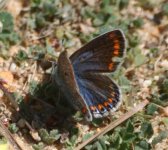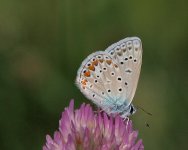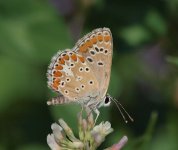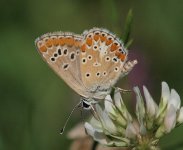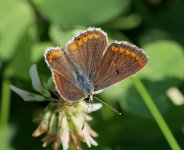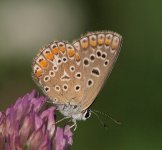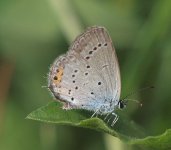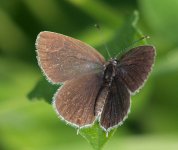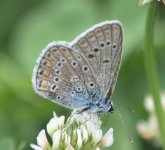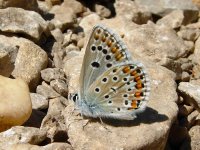Tractorboy69
Well-known member
Silver-studded Blue?
A couple of pics attached of a VERY faded blue for id confirmation.
It was taken in an area known for Silver-studded Blues, and I guess the lack of the cell spot on the underwing rules out Common Blue.
Brown Argus is the only other alternative in this part of the UK, but the lack of the mark in the centre of the upper forewing presumably rules that out too?
Your opinions are most appreciated.
Regards
Simon
A couple of pics attached of a VERY faded blue for id confirmation.
It was taken in an area known for Silver-studded Blues, and I guess the lack of the cell spot on the underwing rules out Common Blue.
Brown Argus is the only other alternative in this part of the UK, but the lack of the mark in the centre of the upper forewing presumably rules that out too?
Your opinions are most appreciated.
Regards
Simon




